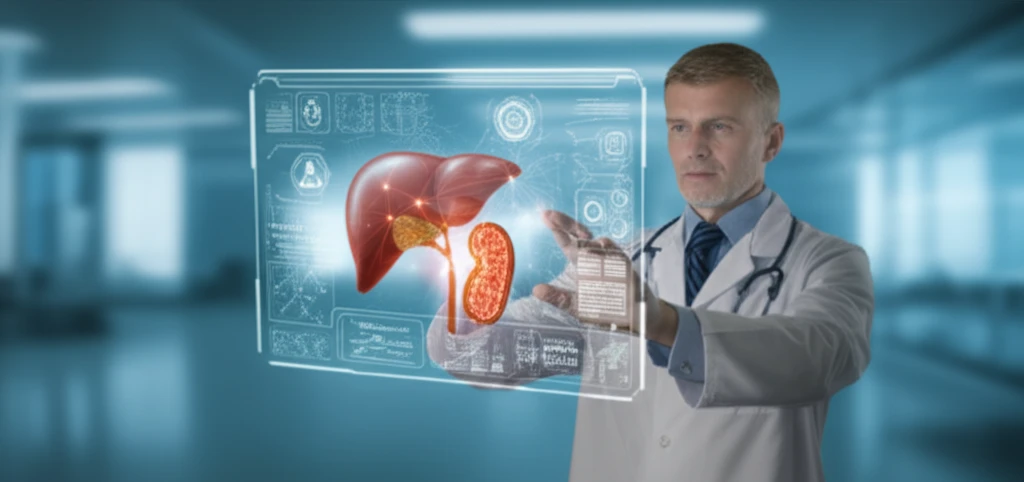
Beyond the Scalpel: A Modern Guide to Non-Operative Management of Liver and Spleen Injuries
"Discover practical strategies and the value of radiological scoring systems in treating blunt hepatic and splenic injuries without surgery."
Blunt abdominal trauma is a common and serious issue, especially with the rise in sports-related injuries. Managing these types of injuries requires a comprehensive approach, considering the potential for complex clinical scenarios involving abdominal, thoracic, limb, and head trauma.
Traditionally, surgery was the go-to solution for liver and spleen injuries. However, modern approaches increasingly favor non-operative management (NOM) when appropriate. This shift is due to concerns about post-operative complications and the recognition that many injuries can heal on their own with careful monitoring.
NOM is considered safe when a trauma center offers 24/7 access to experienced surgeons, advanced imaging, intensive care units (ICUs), and other critical support services. This approach has been shown to reduce hospital costs, minimize unnecessary surgeries, lower complication rates, decrease the need for blood transfusions, and improve overall patient outcomes.
Is Non-Operative Management Right for You? Key Patient Selection Criteria

Choosing the right treatment path starts with careful patient selection. Haemodynamic stability is the primary factor when considering NOM for blunt hepatic and splenic injuries. While some protocols list contraindications like advanced age or high-grade injuries, most decisions are based on individual assessments rather than strict rules.
- Frequency of Clinical Examination: How often should patients be checked?
- Imaging Procedures: Which imaging techniques are most effective?
- Haemoglobin Measurements: How often should haemoglobin be measured, and what levels indicate intervention?
- Monitoring Intensity: How closely should patients be monitored?
- Transfusion Triggers: At what point should operative or angiographic intervention be considered?
- Oral Intake: When can patients resume eating?
- Restricted Activity: How long should activity be limited, both in the hospital and after discharge?
- Length of Stay: What is the appropriate length of stay in the ICU and hospital?
- Thromboembolic Prophylaxis: When should measures to prevent blood clots be initiated?
- Post-Splenic Injury Vaccines: Are vaccines needed, and when should they be administered?
The Future of Non-Operative Management
NOM for liver and spleen injuries is becoming more common, but high-quality evidence from well-designed trials is still needed. Many questions, including those about daily life, remain unanswered. Developing clear protocols and conducting regular audits are crucial steps toward improving outcomes and reducing unnecessary surgeries. Surgery remains the best option in some cases and should be used when needed. Combining standardized procedures with other techniques may increase overall success rates and avoid unnecessary operations.
